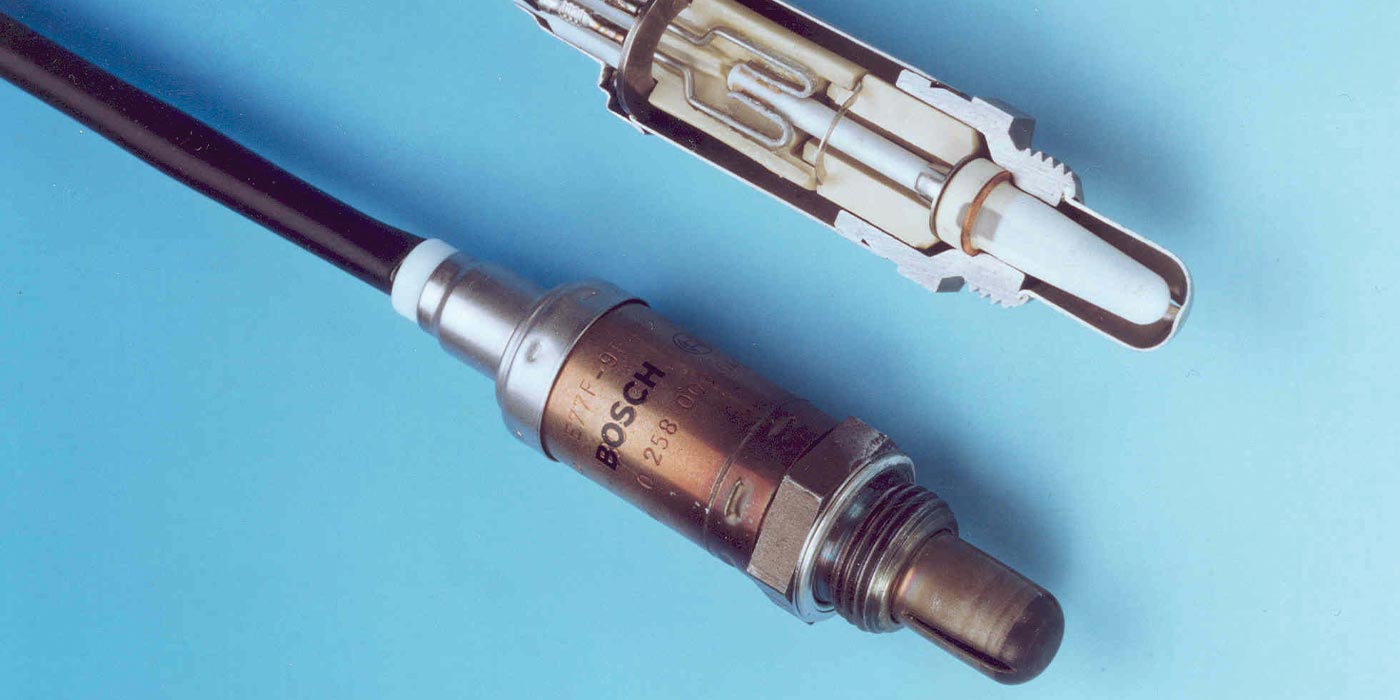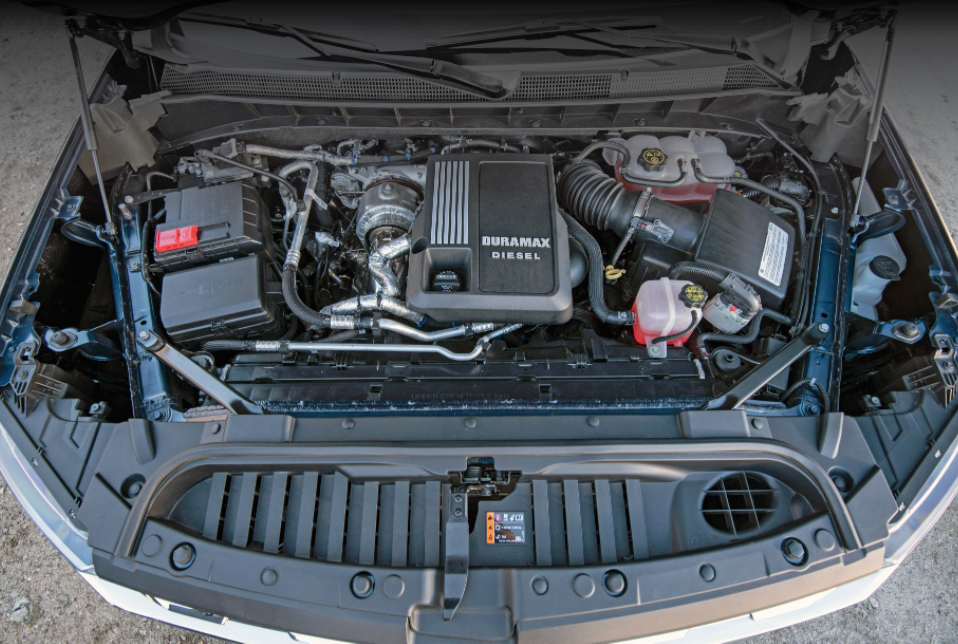 Walker’s coverage of ETS for U.S. diesel applications includes 53 part numbers covering diesel vehicles from 2006 – 2014 for Chevrolet, GMC, Jeep, Mercedes Benz, Audi and Volkswagen applications.
Walker’s coverage of ETS for U.S. diesel applications includes 53 part numbers covering diesel vehicles from 2006 – 2014 for Chevrolet, GMC, Jeep, Mercedes Benz, Audi and Volkswagen applications.
European coverage includes 233 part numbers covering diesel vehicles from 2004 – 2014 for Alfa Romeo, Audi, Fiat, Lancia, Mercedes, Opel, Saab, Seat, Skoda Volkswagen and Volvo.
Why Walker Products for your ETS Supplier
First, we have the coverage like no one else outside of the OE distribution channel.
Second, all of our base sensors are OE sensors, so you are purchasing OE quality at aftermarket prices.
How Does the ETS Function?
An ETS/HTS typically measures temperatures up to 900 degrees C in the exhaust system of the vehicle. The sensing element of an ETS/HTS changes in resistance with changes in temperature. The engine computer measures the resistance and calculates the temperature.
Depending on the location of the ETS/HTS, the engine computer uses the temperature information to control a wide variety of processes in the vehicle. These processes include particulate filter regeneration, selective catalytic reduction (SCR), exhaust gas recirculation, turbo boost, and overall engine combustion.
The Walker ETS/HTS utilizes an OE construction consisting of high temperature metals and ceramics. This allows the Walker sensors to deliver stable and accurate output despite the heat, vibration and contamination found in the exhaust system.
Most ETS/HTS are used to monitor the particulate filter. In these cases, failure to replace a defective ETS/HTS will result in an obstructed filter and possible engine damage. Always replace a defective sensor with a quality Walker ETS/HTS.
Contact Walker Products at 636-257-2400, [email protected] or visit us at www.walkerproducts.com.













